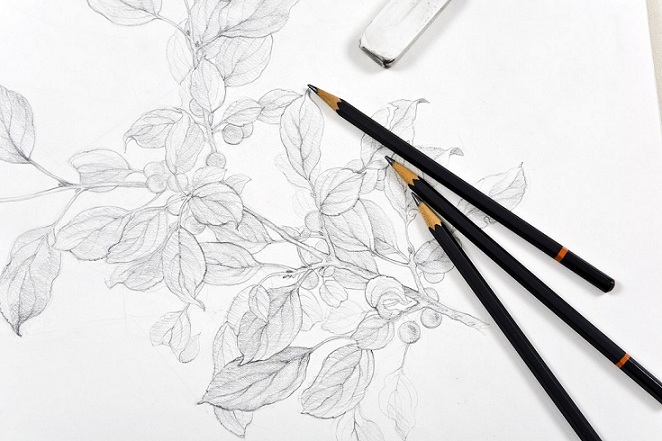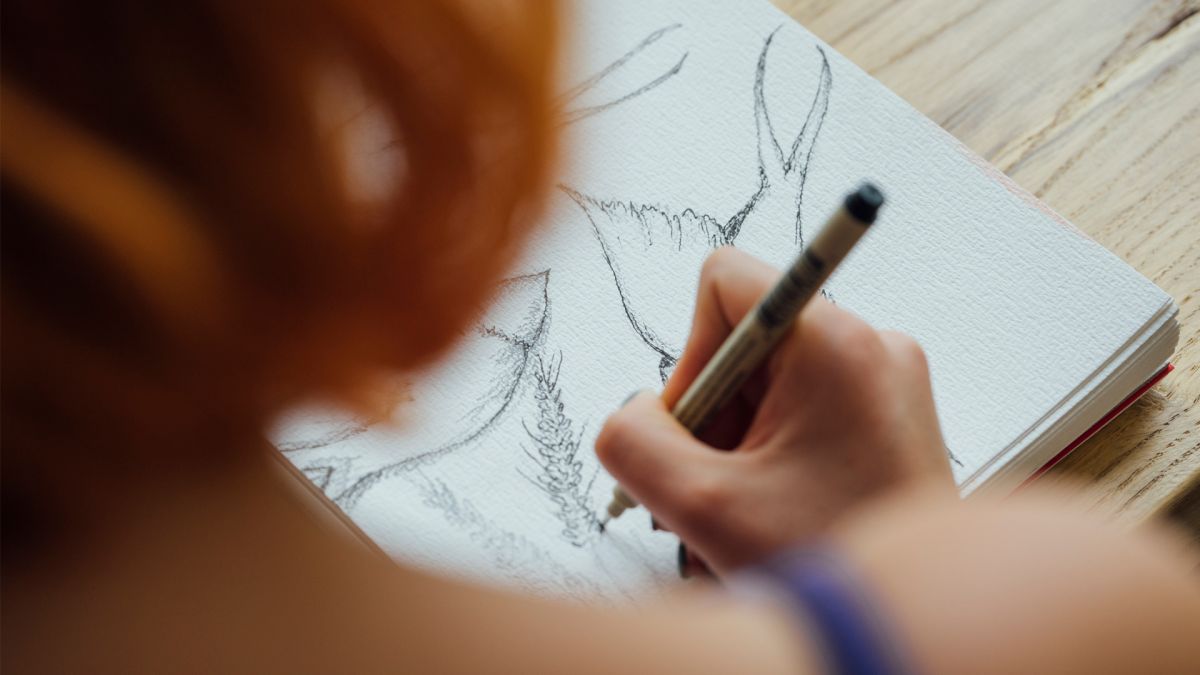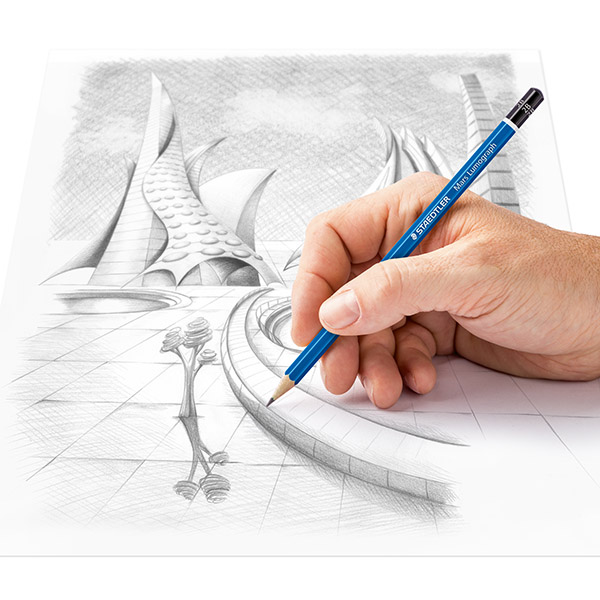Products You May Like
Your First Drawing
Drawing First Steps Pencil Paper – Now set up a “Still Life“. It’s called a still life because it doesn’t move. What you draw doesn’t matter at all. What matters is what happens between your ears, not what happens on paper.

Seeing a teacup for all its complexity for the first time can be real fun! What I would suggest is that the first things you draw are straightforward. I would tell objects with straight edges to them; with our students, we draw a cube, a rectangle, a cylinder, and a cone.
These are all painted white and placed on a white paper surface. I eliminate all color from the still life, and I stop as many curves as I can. The objective is to make it as simple as possible. Drawing is hard enough.

Everything You Need to Know to Create Doodle Art
Having set up the still life, you now need to set out your easel with the paper and drawing board set upon the easel. Sit down to draw; this will make sure that you stay in the same place. Your head must remain absolutely in the same place when you look at the still life.
If necessary, mark where the feet of your chair are placed. Please make sure you’re easel and drawing board are vertical. It is much harder drawing on a surface that is leaning away from you. (Drawing First Steps Pencil Paper)
Now move the easel backward and forwards and your chair backward and forwards until your easel is placed in a position where you can see the still life alongside the paper, and your chair is in a situation where if you extend your arm to full length, you can easily reach the drawing board.
I don’t want the easel too close to you; I want your arm to be extended, and your elbow not bent when you draw. This may seem a little awkward, but it will make drawing easier.
Doodle Art : Introduction
If your drawing board is placed in the right place, you will see the object alongside the paper, and you will be able to look at your writing and imagine that object on the form.
Draw it full size, not bigger or smaller; it’s easier that way. Imagine the curious word that could be to do with “image.”
My first question is: does it fill the paper nicely, is it too tiny, is it too big? If it serves the page well, that’s fine; if not, you may have to move your easel and chair once again. Setting up in the right place is half the battle. (Drawing First Steps Pencil Paper)
Now you have to engage the side of your head that is responsible for visual and holistic thinking. I don’t want any thoughts occurring in your head that is not involved with visual decisions. Should this be a little bit higher?
Is that too large, is that too high, is that too low, is that too long? I want no non-visual judgments. I don’t want to hear “you’re no good at this”, and I don’t want to hear “you can’t draw; why are you battling with this, its a waste of time? What is in your head is of paramount importance.
Easy Pencil Drawings
If you hear this, it will be the logical and language-based control center of your brain that should be put to sleep pretty soon. (Drawing First Steps Pencil Paper)
I stop all talking and noise in the drawing studio; music is good as the right side of the brain is also the center of musical thought, but avoid playlists with lyrics; I listen to opera, but that’s fine because I don’t understand Italian.
Now comes the fun bit; I want you to draw what is in front of your eyes on the paper. Let me repeat that I want you to draw on the form the same size as what is in front of you.
I was hoping you could start at the nearest corner. Choose the corner of that box. All I want is a representation in the lines, of the edges of everything: an outline, no shading, no tone, just an overview.
Drawing – Basic Tips to Help You Improve
I want you to look hard at the length of that edge I want you to look at the gap between the edge of the box and the edge of the nearby rectangle I want you to compare height and width I want you to measure with your eyes I will say that again because it is essential, I want you to count with your eyes.
Having looked hard at your subject, make your first tentative mark on your paper, hold your arm out full-length with a pencil in your hand and move your arm from the shoulder.
the pencil shouldn’t be quiet on the article, yes you’re able to move into the form that is the kind of rehearsal, a practice, a dry run. I want my line about here. Keep your arm moving up and down. (Drawing First Steps Pencil Paper)
Learn How to Draw Ideas
Then, when you’re happy with the position, lower the pencil onto the paper while your arm is still moving. It would help if you were making a light vertical line. Now the question is that line of the right length. We will measure with our eyes.
Hold your pencil at arm’s length, position it in front of that nearest corner of your still life. You have seen artists doing this now; you will learn what it’s all about.
Next, put your pencil top on the top of the other corner and run your finger up the pencil to mark the bottom of the corner. Now move your arm across and compare what you’ve done on the drawing paper if your line is too long or short.
The essence of this is comparing the lengths of different lines. You would probably end up with a drawing that looks something like this if you’re doing it right. What may happen is that you put down a whole load of lines that are not quite right. (Drawing First Steps Pencil Paper)
Be more analytical, use your eyes better, don’t be visually lazy. I would much rather you put out three lines that were right than 300 wrong lines. Take your time; use your eyes. Use your eyes.
Do this every day for three days for about an hour, then have a rest.
